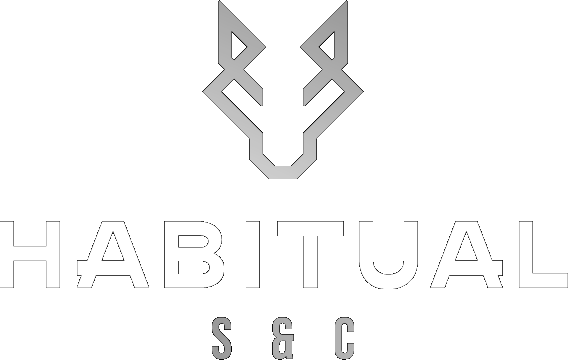Introduction:
Embarking on a strength training journey can be as exhilarating as it is intimidating. It’s a path lined with potential gains and transformative experiences, but knowing where to start isn’t always clear. This article isn’t about your typical workout tips; it’s an insider’s guide to the lesser-known, yet crucial aspects you should know before you even touch a dumbbell. Get ready to step into the gym armed with confidence and insight.
Understanding Muscle Mind Connection:
Beyond Lifting: Strength training begins in the mind. Developing a mind-muscle connection means learning to consciously engage and focus on the muscles during each lift, enhancing the effectiveness of your workouts.
The Importance of Eccentric Movement:
Not Just Lifting, But Lowering: Often overlooked, the eccentric phase (lowering the weight) is crucial for muscle building and strength. Controlled, slow lowering phases can lead to greater strength gains and muscle control.
Starting Strength Isn’t Just About Weights:
Foundation First: Before you increase the weight, focus on nailing the right form. Starting with bodyweight exercises or lighter weights to master the form can set a solid foundation for future gains.
Progressive Overload Principle:
Small Increments Lead to Big Gains: Progressive overload – gradually increasing the weight, frequency, or number of repetitions in your training routine – is key to continuous improvement. It’s not about big jumps but consistent, small advancements.
The Role of Rest and Recovery:
Gains Are Made Outside the Gym Too: Strength training isn’t just about the hours spent lifting weights. Adequate rest, including sleep and days off, is essential for muscle repair and growth.
The Misconception of ‘No Pain, No Gain’:
Listening to Your Body: While some muscle soreness is normal, pain is not. Learning to differentiate between the two can prevent injuries and ensure a sustainable training journey.
The Power of Consistency Over Intensity:
Regular Routines Triumph: Consistency in your workouts often trumps intensity. Regular, moderate training can be more effective than sporadic, high-intensity sessions.
Beware of Quick Fixes and Fads:
Trust the Process: In the age of instant gratification, be wary of quick fixes and fad workouts. Trust in proven methods and be patient with your progress.
Conclusion:
As you stand at the threshold of your strength training journey, equipped with these insider insights, remember that every seasoned lifter was once a beginner. Strength training is a journey of personal growth, resilience, and discovery. So step into the gym not just with determination, but with the confidence of knowing you’re starting off on the right foot.



